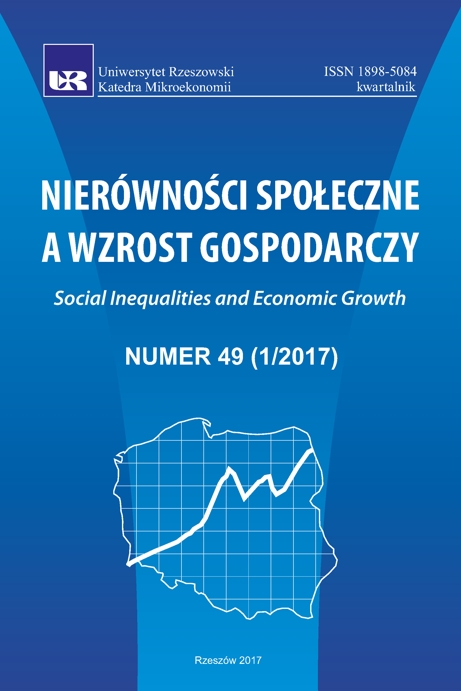The perception of Rzeszów as a brand – research findings
DOI:
https://doi.org/10.15584/nsawg.2017.1.9Keywords:
place brand, territorial marketing, place marketing, brand imageAbstract
The article draws attention to the importance of place branding in the territorial units development. There were presented the specifics of the process of building the brand value of the city and the basic concepts related to this issue. It was noted that the main factor affecting the effectiveness of a city brand management, is the accuracy in determining its identity. A city, as a subject to image - creating activities is a peculiar and specific item. It exists not only in the physical sense, but also as a set of associations existing in the minds of consumers and all those elements compose the image. Identifying the current brand image requires the city to carry out adequate research. The presented results of the study relate to the image of Rzeszow, as a city and as a city brand. The respondents in the survey, which was conducted in November 2015 were Rzeszow’s former residents and visitors to the city, and permanently residing elsewhere. The survey results show a positive image of the city, both from the perspective of its residents as well as those visitors. Both groups of subjects did not differ significantly from each other in terms of assessments carried out. The general perception says that Rzeszow is a neat city with growth potential, mainly in areas such as economics, business and science. The tourist potential of the city was rated slightly lower. The results are an important element in assessing the current position of the city and brand identity of Rzeszow. They can be used to assess the effectiveness of the actions taken by the city as part of the Rzeszow’s brand strategy and as guidelines for correcting or formulate new strategic objectives.Downloads
Download data is not yet available.
Downloads
Published
2020-11-13
How to Cite
Hajduk, G. (2020). The perception of Rzeszów as a brand – research findings. Social Inequalities and Economic Growth, 1(49), 119–128. https://doi.org/10.15584/nsawg.2017.1.9
Issue
Section
Articles
License
Copyright (c) 2017 University of Rzeszow

This work is licensed under a Creative Commons Attribution-ShareAlike 4.0 International License.


